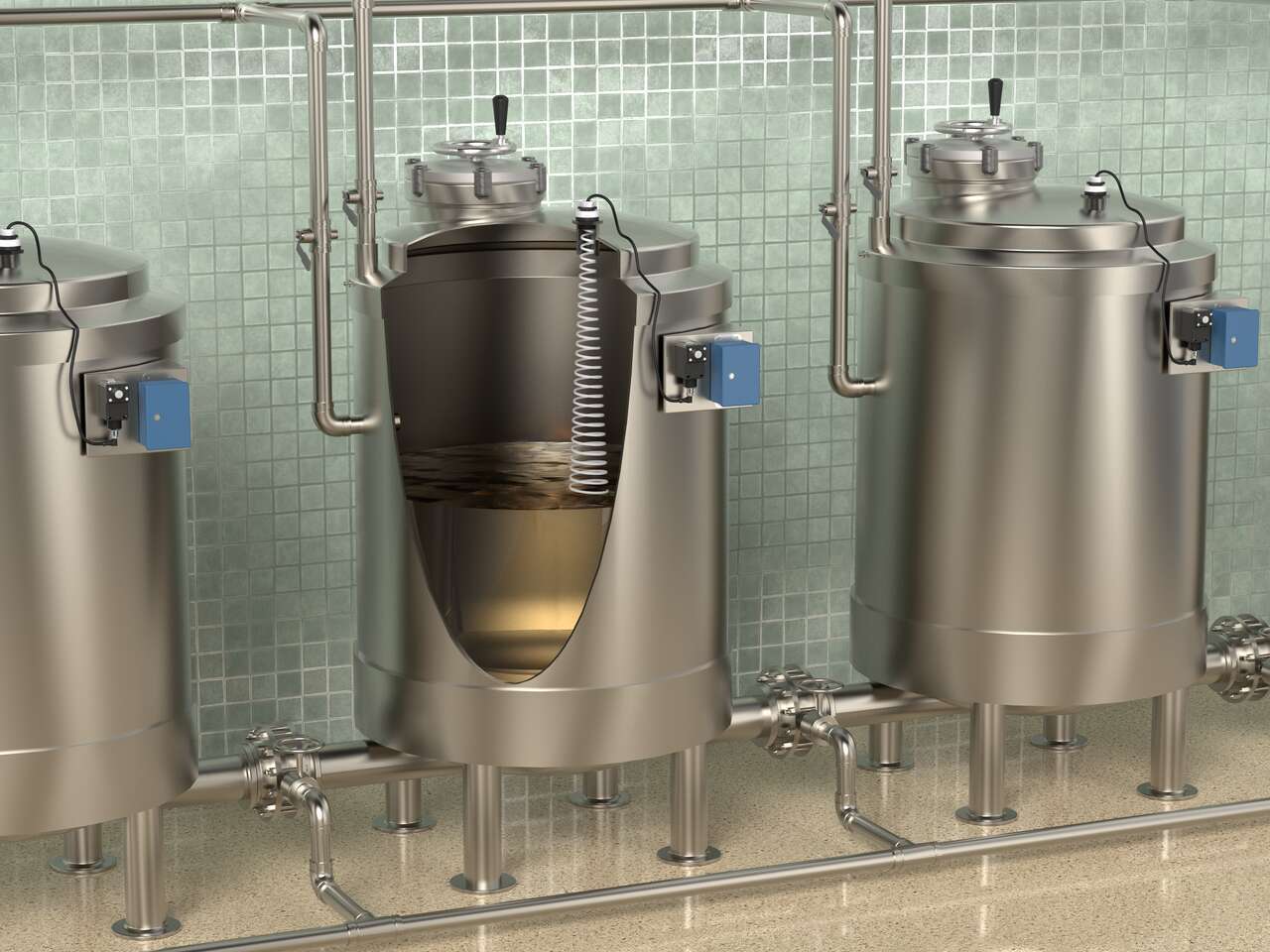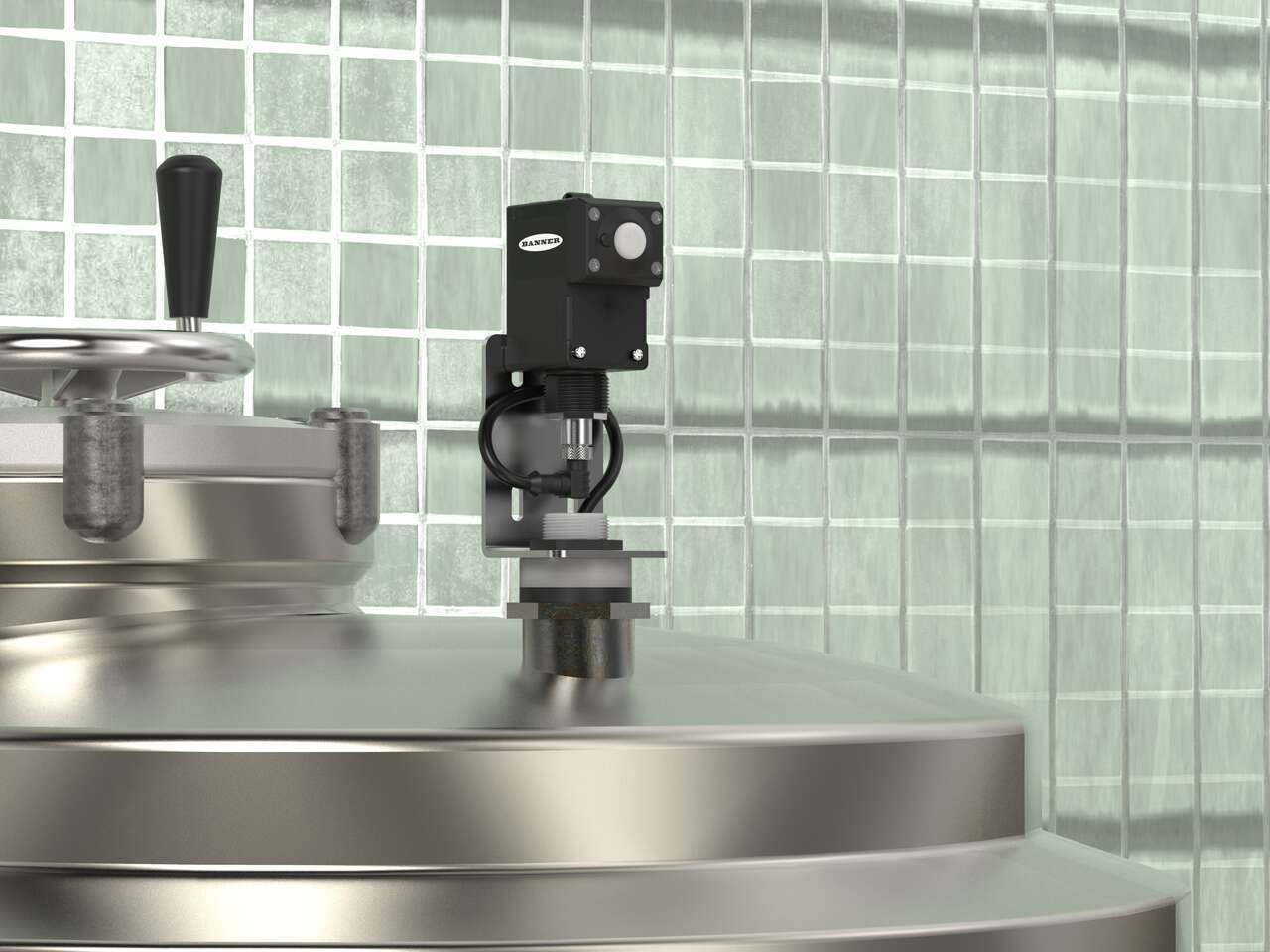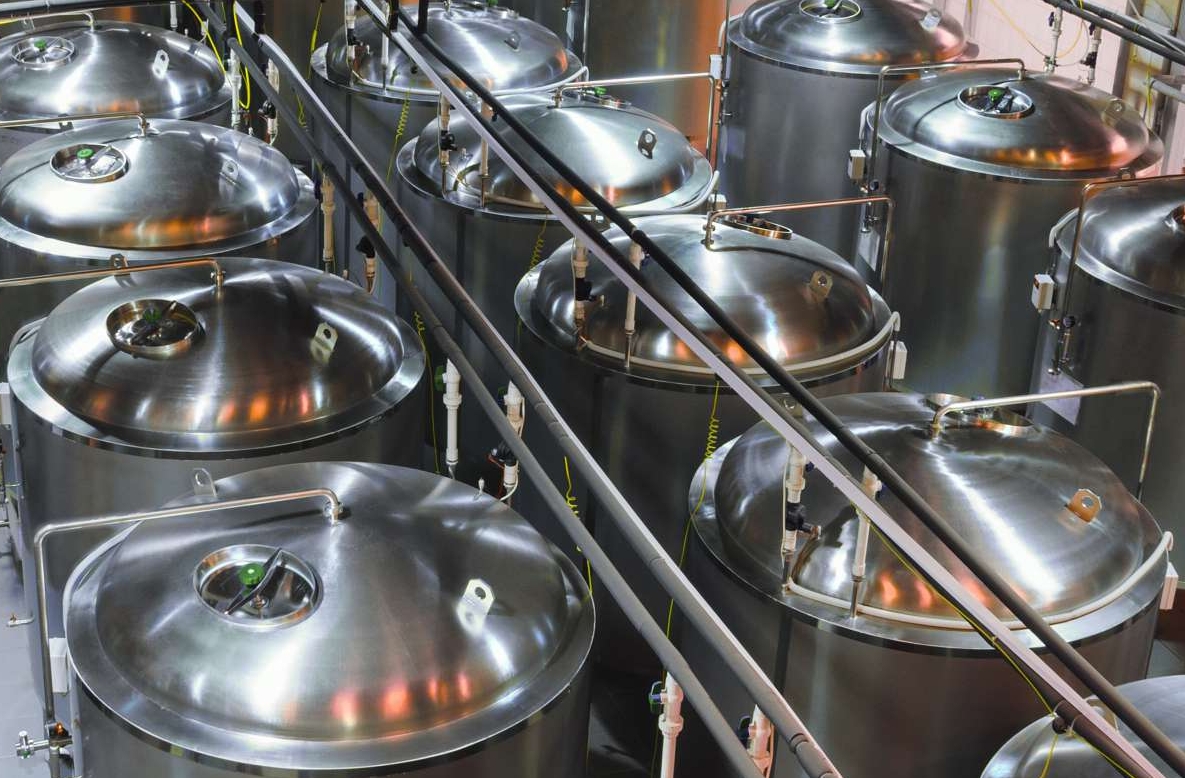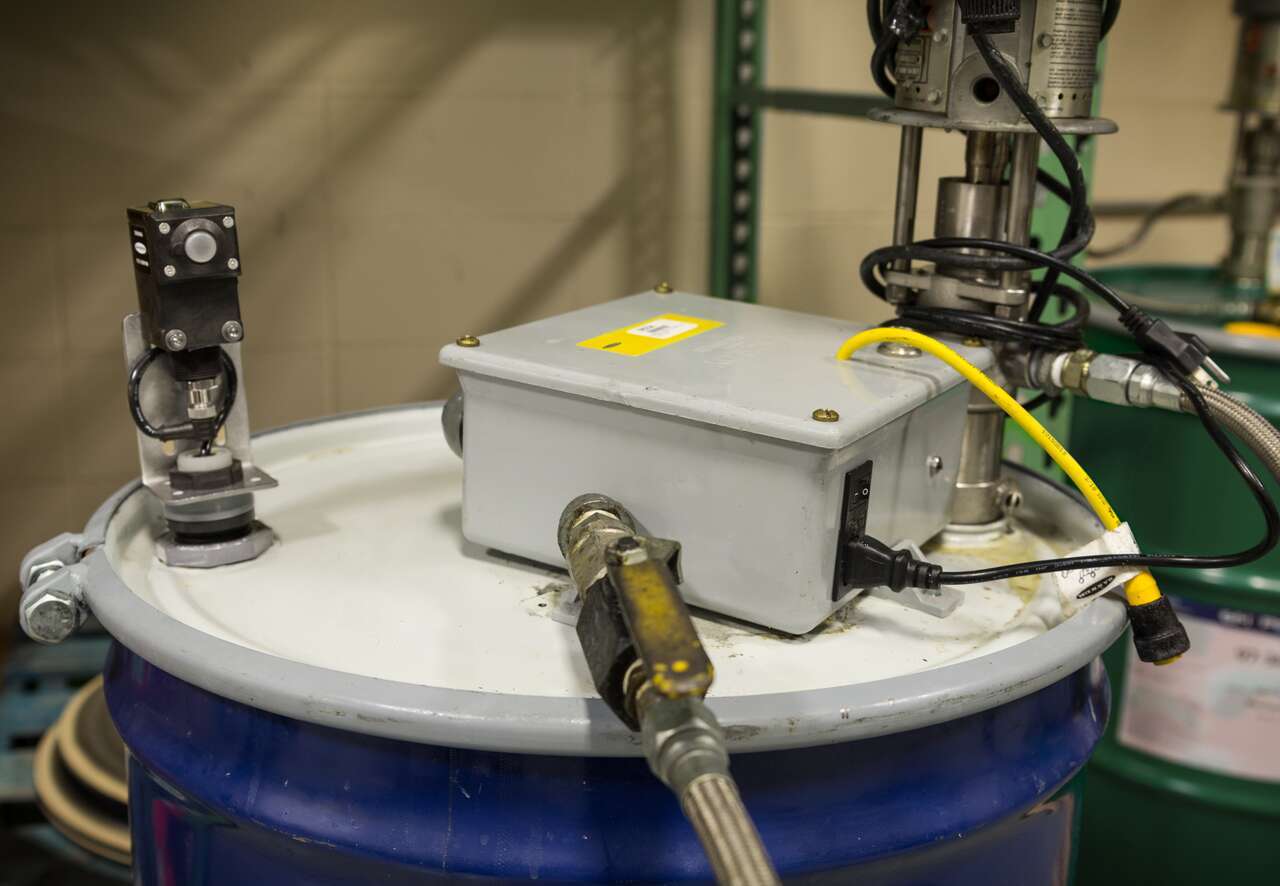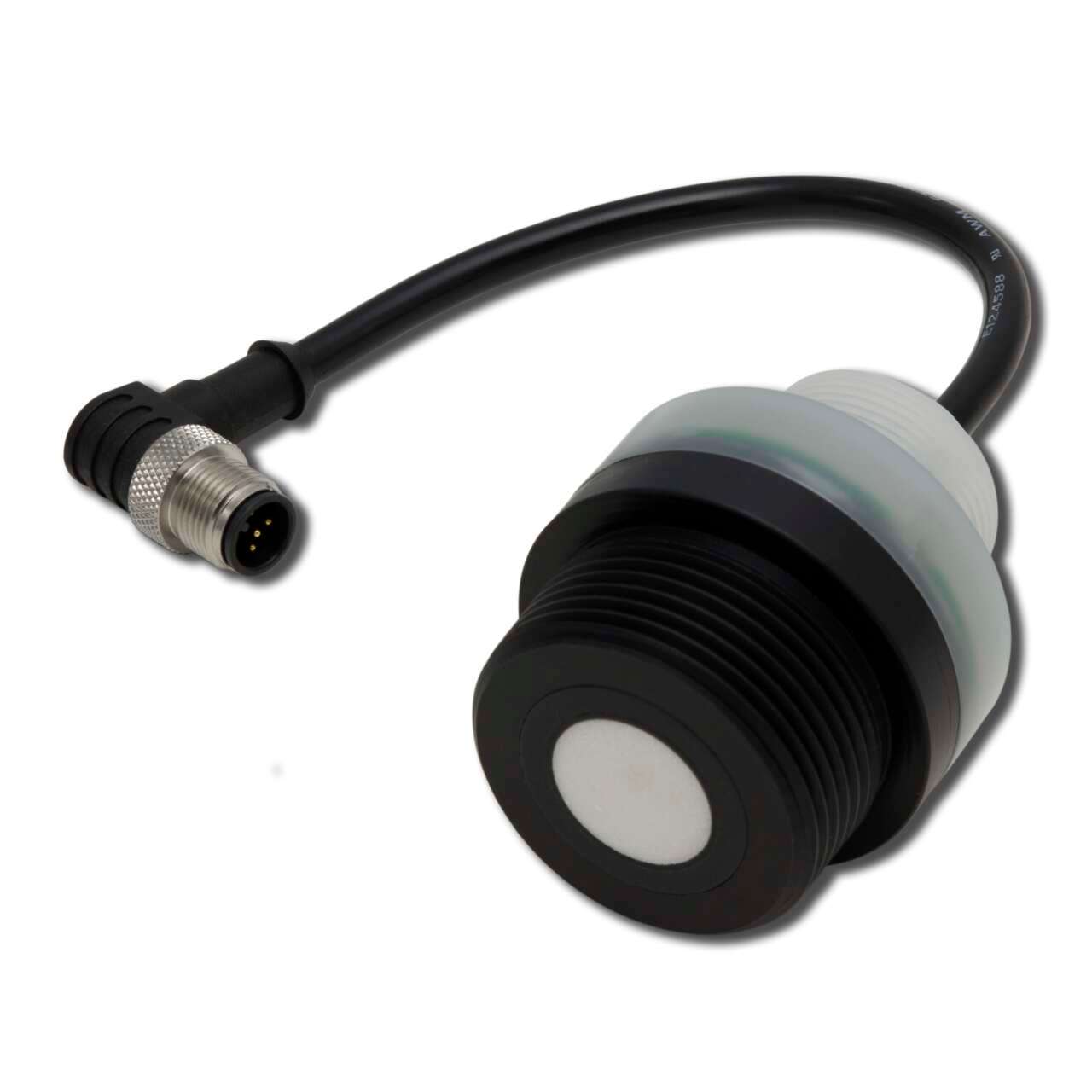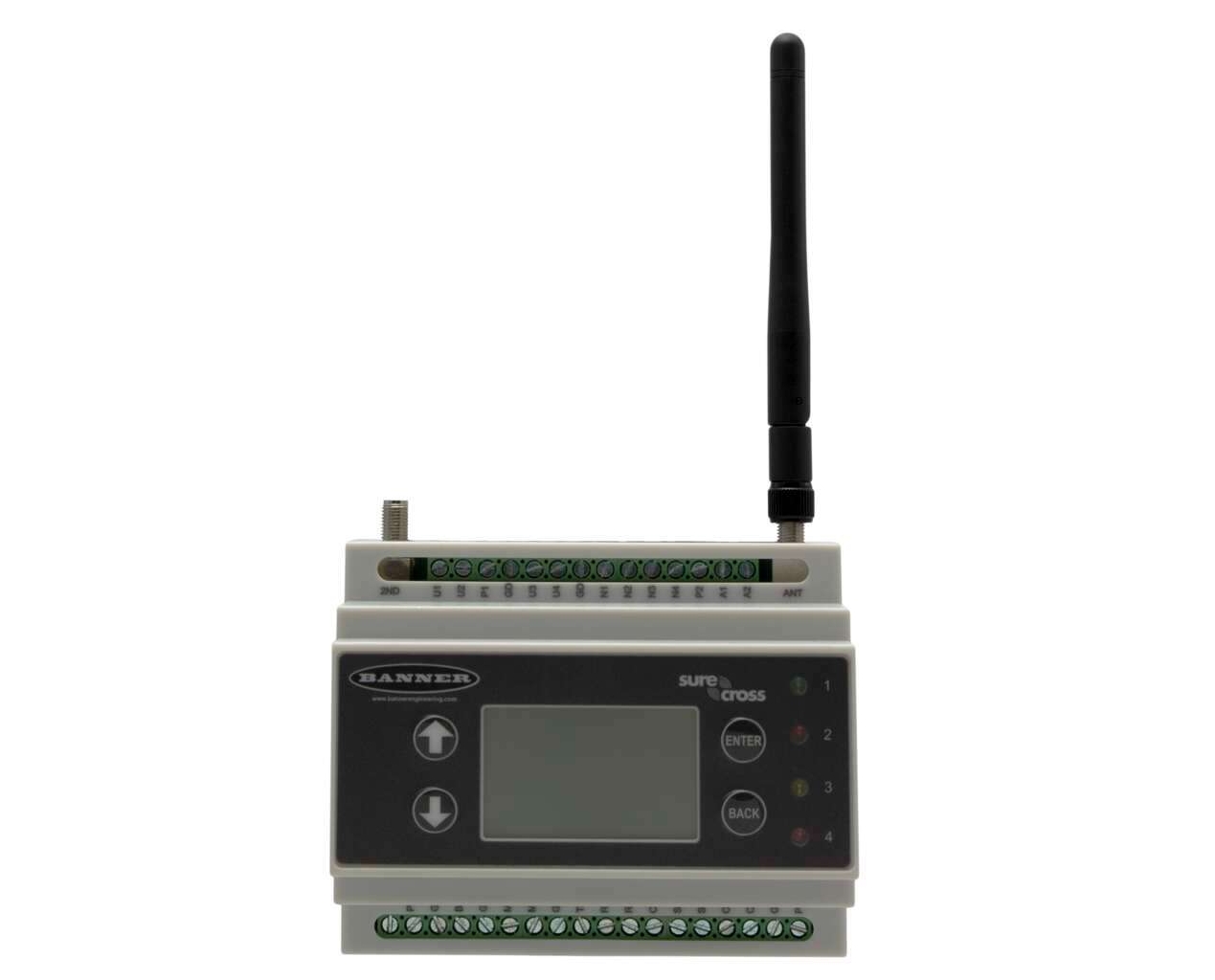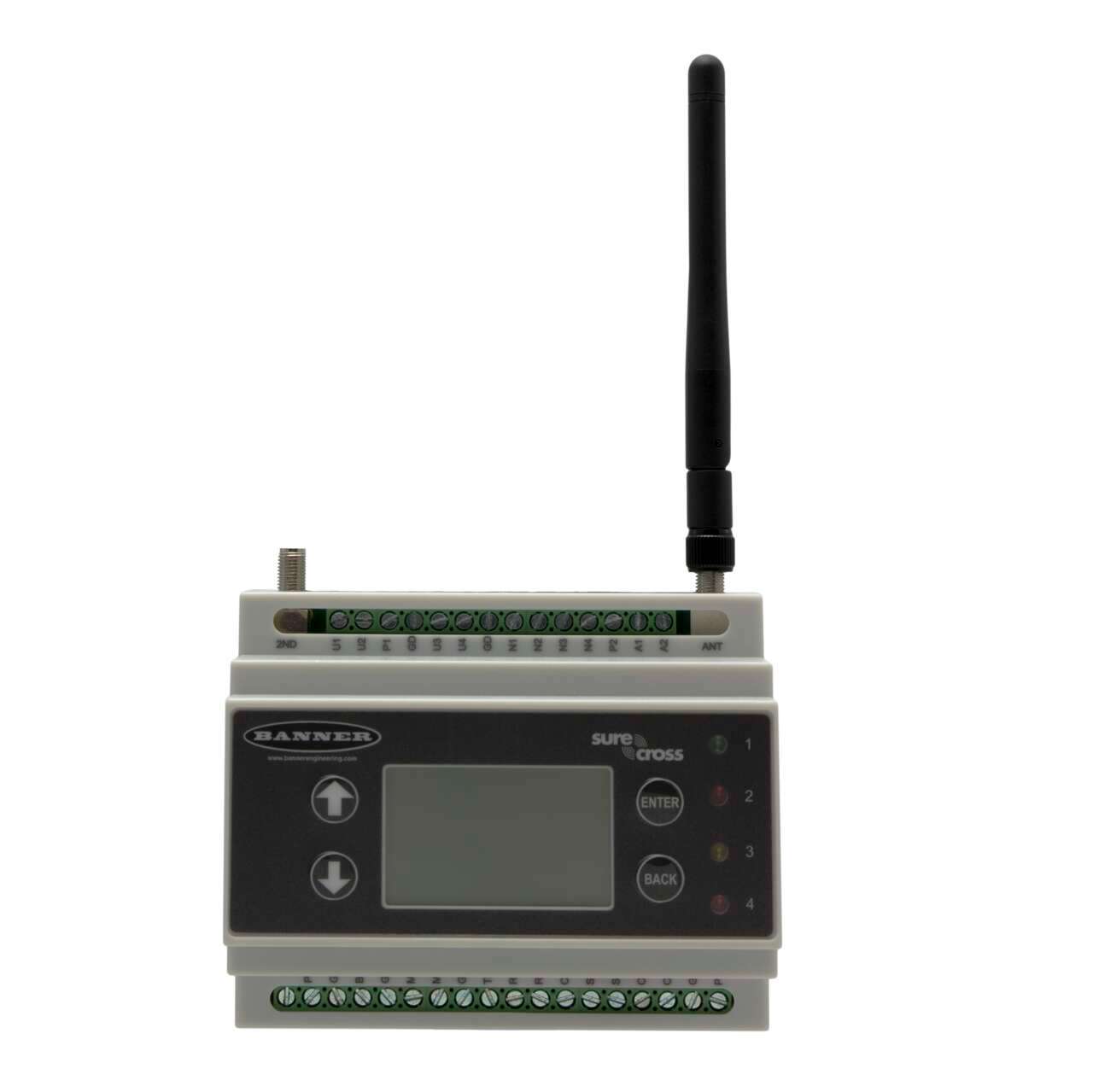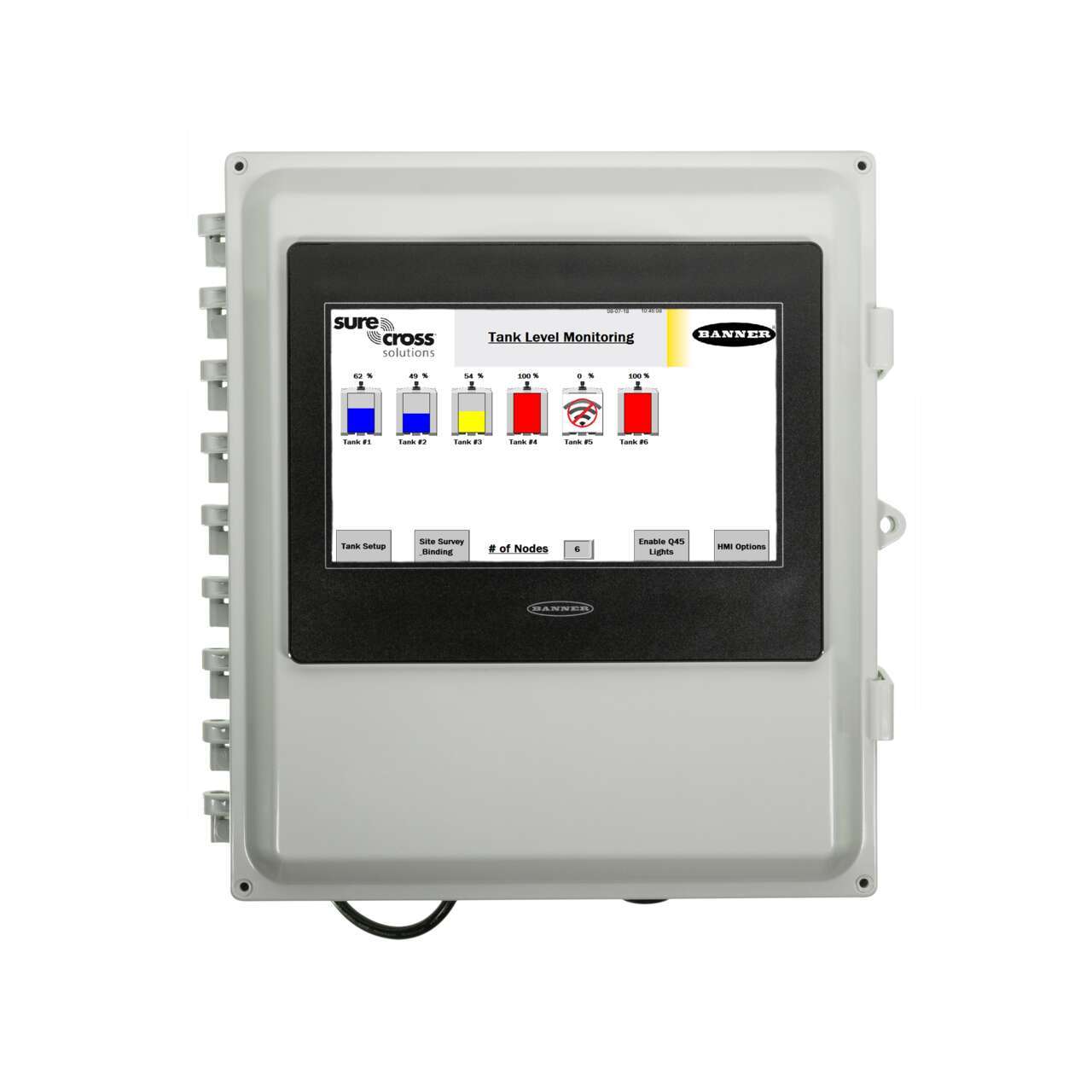Tank Level Monitoring
Predictive Maintenance for Tanks
Storage tanks, totes, and containers can be found in a wide variety of environments, from indoor or outdoor installations to above or below ground deployments.
Properly monitoring and managing levels inside these tanks can help owners and asset managers increase productivity and profitability.
Keep reading to learn more about the benefits of a wireless solution for tank level monitoring.
There are many technologies to choose from that vary in terms of accuracy, reliability, and costs. Visual inspections and measuring sticks may be relatively inexpensive, but they are labor-intensive and prone to error because they rely on manual reporting methods.
More accurate tools, like floats and submersible pressure transducers, are not dependent on human labor to measure levels, which can simplify processes and minimize the risk of error. However, in some applications, a non-contact solution is preferable (for example, when measuring the level of caustic liquids).
A wireless ultrasonic sensor is a great choice for applications where a non-contact solution is needed. These sensors use sound waves to detect objects, so they do not need to come into contact with the materials they are measuring. They are also immune to target color, reflectivity, or transparency. Wireless communications open up additional benefits including saved time and costs, real-time remote monitoring, and adaptability to meet changing requirements.
Quick Commissioning Without Costly Cable Runs
The infrastructure changes required in a wireless system are minimal, far easier, and less costly to implement than a wired system.
In a basic setup, a wireless node is connected to a measuring device, like a wireless ultrasonic sensor, and installed on the container. Each node in the network is bound to a wireless gateway or controller with an integrated gateway. Next a site survey is conducted to verify the connection between the deployed nodes and the gateway.
The system is then configured, and inspection parameters and alarm thresholds are set. A system like this can monitor many containers and can be set up in a fraction of the time and at a much lower cost than a wired system.
Improve Efficiency with Real-Time Alerts
With connected devices, asset managers can easily access tank level data in real time. improving both efficiency and productivity. For example, with real time monitoring of remote containers, managers can strategically plan visits based on actual need instead of sending staff to a site based on forecasted expectations of container levels. This saves time and costs while ensuring that tanks are full and processes are running smoothly.
In addition, automated alerts can be setup to notify staff of potential issues, minimizing emergencies when a tank runs dry or overflows. A real-time remote monitoring system can alert personnel via text or email if tank levels are outside of the established thresholds, and it allows them to respond to these conditions before they become critical.
Maintain the Flexibility to Make Changes Quickly
Business needs can change over time and companies may need to add or move containers at a site to keep up with new demands. Wireless networks are versatile, scalable, and adapt easily to changing requirements. They are also flexible enough to monitor both fixed and portable assets.
With a wireless system, containers can be moved as often as needed without altering the system or disconnecting the measuring device, which means containers can be monitored even while in transit. New nodes from new containers can be integrated into the existing network, or a new network can be deployed to accommodate a new group of tanks without the time and labor commitments of altering a wired network.
Wireless Ultrasonic Sensor for Tank Monitoring
The Sure Cross® U-GAGE® K50U Ultrasonic Sensor works in a variety of environments to provide a measurement of the distance between the target and the sensor. It is designed to be used with a Banner Wireless Node or Multihop Modbus Radio, creating a cost-effective, easy-to-use wireless solution for monitoring mobile or remote tanks and totes.
- Standard-range models (300 – 3000 mm sensing range) are well suited for measuring and monitoring content levels in a broad range of applications
- Short-range models (100 – 1000 mm sensing range) offer greater measurement precision in small containers and space constrained deployments
- Built-in temperature compensation
- Rugged IP67-rated design for demanding sensing environments
Wireless Controller for IIoT Applications
DXM Series industrial wireless controllers are designed to facilitate Ethernet connectivity and Industrial Internet of Things (IIoT) applications.
- ISM radios available in 900 MHz and 2.4 GHz for local wireless network
- Converts Modbus RTU to Modbus TCP/IP or Ethernet I/P
- Logic controller can be programmed using action rules and text language methods
- Micro SD card for data logging
- Email and text alerts
- Cell modem for cellular connectivity
For Tank Level Monitoring
Wireless Solutions Kits are fully integrated and easy-to-use solutions for monitoring assets and solving specific applications. They are designed to make it easy for users of any experience level to setup a wireless network, collect remote data, and create visualization tools, warnings, and alarms.
- No programming is required. Plug in the box, bind the nodes through the HMI screen, install the sensors and nodes, and start collecting data
- Includes pre-programmed DXM700 wireless controller, pre-programmed 25.5 cm (10.1 inch) touchscreen HMI, and 5-port industrial Ethernet switch
- HMI provides graphical displays of collected data, baselines, thresholds, warnings, and alarms
